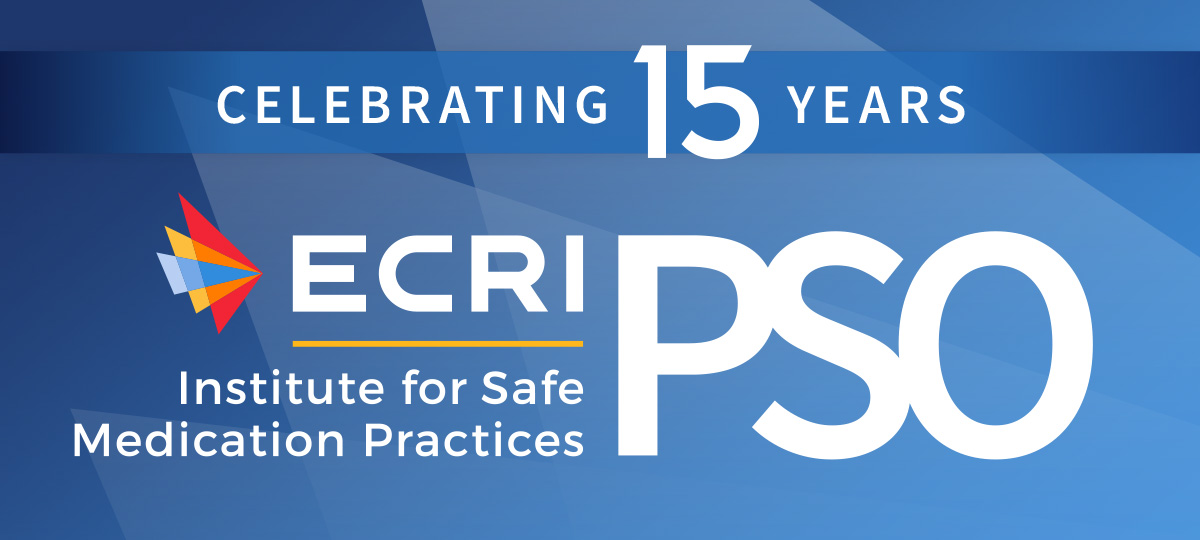An ECRI member recently asked for information regarding support for healthcare providers navigating the death of a pediatric patient. In our response, we discuss strategies and provide relevant resources for healthcare staff confronted with the death of a child.
Although patients and their families are obviously at the center of adverse patient safety events, a ripple effect often occurs, turning the involved healthcare providers into "second victims," who may require or benefit from organizational support. A survey of over 100 healthcare professionals regarding their grief after the death of a child found that the majority of second victims turned to others to talk about the child and their emotions (85%), used positive reframing (80%), sought emotional support (75%) or self-distraction (57%). Other strategies included seeking religious guidance (55%), meeting with the patient's parents (43%), and attending the patient's funeral (19%). More than half (53%) believed that turning to coworkers, friends, or family helped them the most to overcome their grief. The second most useful strategy was spending time alone (19%). However, 31% wished they had more emotional support from their colleagues, and while 8% received organized support from their workplace, 40% would have appreciated more "official" support.










